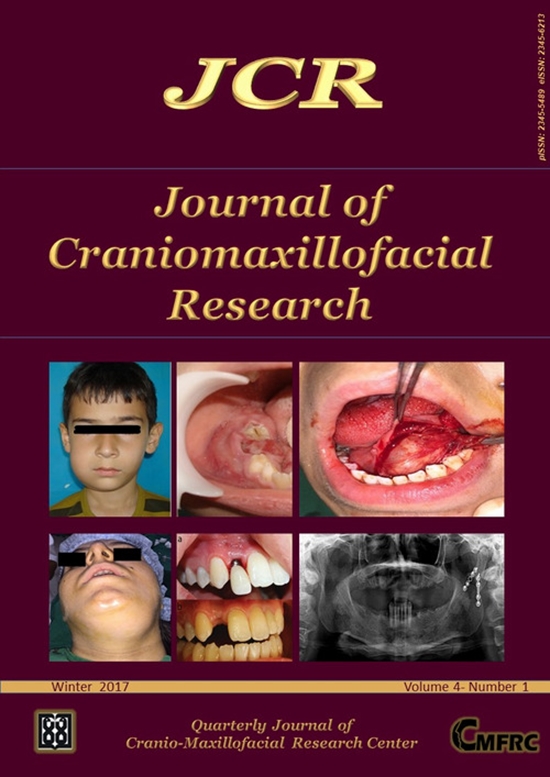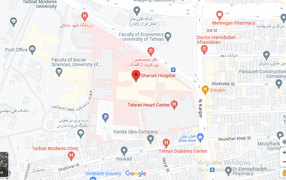Efficacy of low level laser for prevention of pain and trismus after impacted mandibular third molar surgery

ABSTRACT
Objectives: This study sought to assess the effect of low-level laser (LLL) on pain and trismus after impacted mandibular third molar surgery. Materials and Methods: This double blind controlled clinical trial was conducted on 40 healthy patients with no underlying disease and impacted mesioangular mandibular third molars with the same level of difficulty. The patients were divided into two groups of intervention and control using block randomization. In the intervention group, LLL was intraoral irradiated to the surgical site 10 minutes after suturing from 1cm distance. Sham laser was used in the control group. The patients were provided with postoperative instructions and were scheduled for visits at
two and seven days postoperatively to fill out a questionnaire and for suture removal. Level of pain was determined using a pictorial visual analog scale (VAS) and degree of trismus was measured in millimeters. The data were analyzed using SPSS. Results: Mouth opening in the laser group was greater than that in the control groupat two days postoperatively, which indicates the efficacy of laser for prevention of trismus. The changes in mouth opening were significant at baseline and at two and seven days postoperatively in the two groups (P=0.000); however, the trend of change was equal in both groups. No significant differences were noted in any variable between patients over and under 24 years of age in the two groups except for the amount of drug intake at two days post-surgery. Conclusion: The results showed that laser irradiation efficiently decreased trismus and improved mouth opening during the first seven days post surgery. Thus, laser irradiation can shorten
the course of recovery after impacted mandibular third molar surgery. Key words: Gene therapy, Dentistry, Viral vector, Stem cell.



